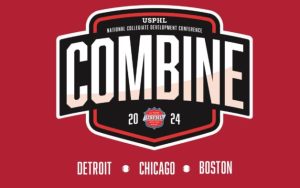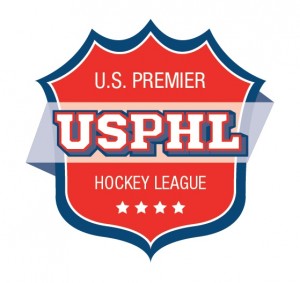Growth, coaching two major reasons for IHAAZ success
The old adage “if you build it, they will come” has never been truer than it is right now in the Valley of the Sun as the new Phoenix Knighthawks inline hockey program is elevating the game’s growth in the area once again.
At its peak, Phoenix and the surrounding Valley made up 75 percent of the state’s inline organizations. Over the past eight seasons, that number dropped to as low as 10 percent, but since 2011, the state has seen steady growth again in the Valley and the Knighthawks should help get participation numbers back on the rise.
Ask Inline Hockey Association of Arizona (IHAAZ) tournament director Dean Koressel about the upward trend and he’ll say that it’s about time.
“We’re seeing growth in all of our programs,” said Koressel. “You’ve got the Jr. Wildcats in Tucson expanding, the Dust Devils in Lake Havasu City expanding and the same thing happening with the Yuma Blaze. It’s just incredible that the numbers are getting to be where they are.”
And with IHAAZ being one of the longest-running inline organizations in the country having started in 1999, Koressel said the ice hockey boom on the West Coast is partly to blame.
“Hockey is growing in all ways and especially out here, more people are getting accustomed to the inline game and giving it a try and once they try it, they want to keep playing it,” said Koressel. “We saw big numbers right around 2008, but then the economy tanked and the numbers tailed off a bit. Now, the economy is improving and the sport is getting to, and even surpassing, the numbers we saw nine or 10 years ago.”
With inline hockey being considered a niche sport by some, it takes a little bit longer to get accepted in certain U.S. markets. The fact that current IHAAZ coaches played the game in the mid- to late-1990s and now have children of their own to coach and pass on knowledge to is a unique situation.
“Inline hockey is very generational,” said Koressel. “You now have families where the dads may have played when they were teenagers in 1995, 1996, and now their kids want to play and we have the resources and knowledgeable coaches that can teach the game. These guys were 14-15 years old back then and most of them became obsessed with the game. Now, that sense of passion can be brought to the younger generation.”
Koressel added that seeing fathers that enjoy the game as coaches make it easier for the Arizona youths to get on board and find the same enjoyment and satisfaction playing inline hockey.
“These coaches, now is their time to give back to the game that they loved so much as kids,” said Koressel. “When they first played 20-odd years ago, there was no history behind the game, but now, the years that they played is the start of the legacy and now they have come back to the game to be coaches, directors, what have you. Now there is a legacy to build on.”
The Jr. Wildcats program has a large amount of former players from the 1990s on its staff, including Paul Sticker and Jeremy Hiltabidel, while Phoenix also has three ex-players that are the driving force behind the Knighthawks program in Brent Proud, Dustin Jans and Eric Tomlin.
Like most successful entities, the financial aspect of the game must be a positive situation for owners to get involved. IHAAZ organizations have a slew of reputable ownership groups.
“For some of these guys, when they got into the sport back in the 1990s, they first had to run a facility to get in,” explained Koressel. “Then the sport took off and the rinks were inundated with requests for inline leagues. What you’re seeing now is the second coming of that trend and we couldn’t be more thrilled.”
— Matt Mackinder









